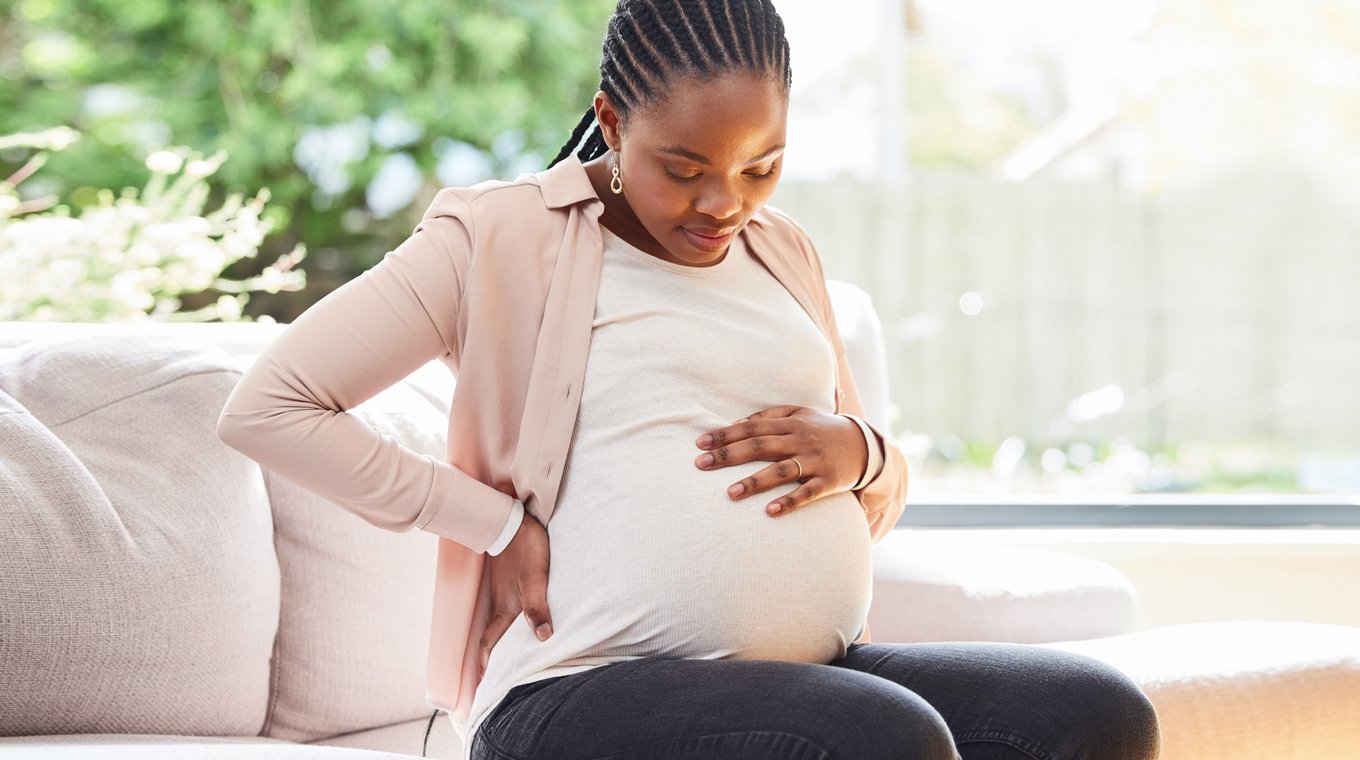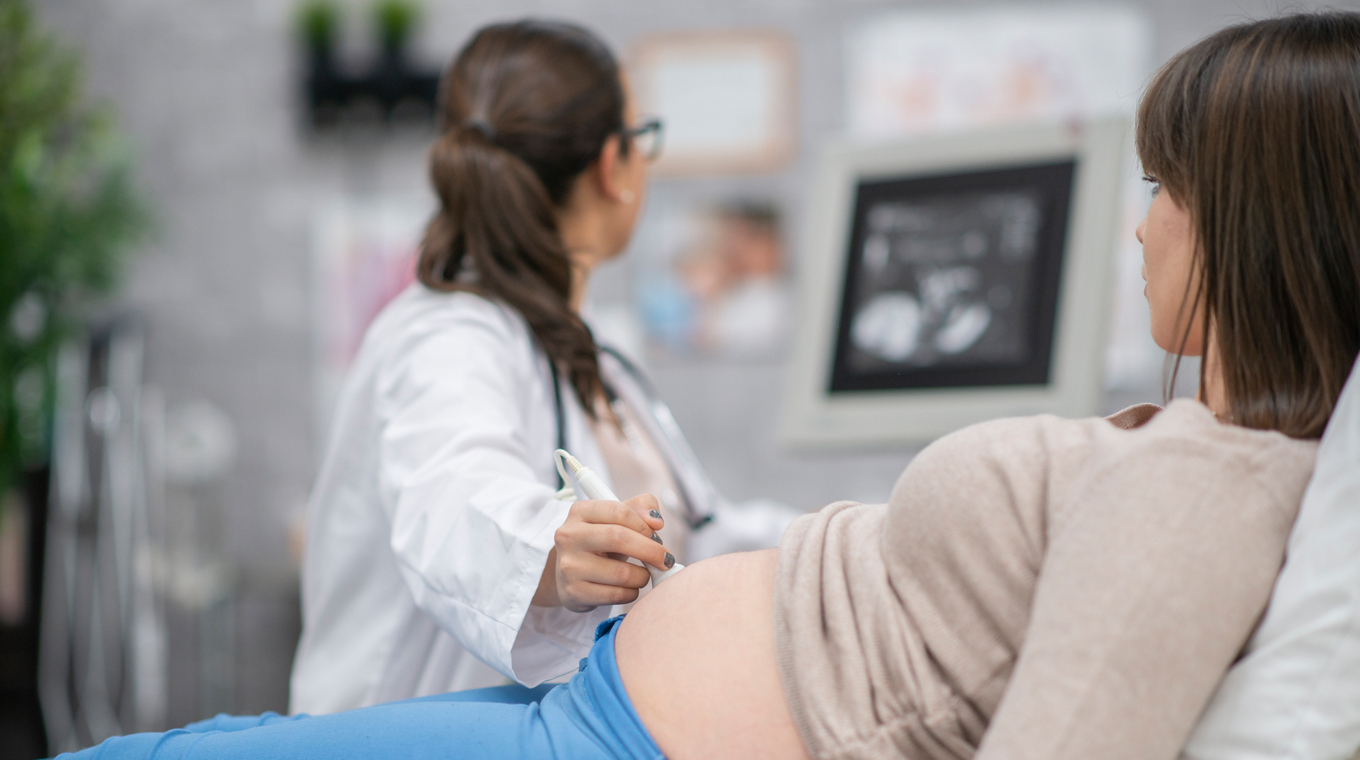In this article
As you enter your third semester, what to expect becomes more consuming. Both you and your baby are growing at a rapid rate. Your baby’s lungs are maturing, she’s gaining weight, and she’s growing to a length that may reach around 21 inches. With your due date on the horizon, it’s time to finalize plans for your baby’s birth and to get your home ready.
Changes in your body: Round ligament pain third trimester

In the third trimester, you continue to grow as the baby continues to grow. These are milestone times as the countdown to delivery happens.
Physical symptoms
The third trimester comes with its own host of physical symptoms. You may experience Braxton Hicks contractions, which are harmless contractions that feel like your uterus is tightening. Leg cramps are another common symptom that happens at night in the calves. It is also common to experience both heartburn and constipation. Your internal organs have a lot of pressure on them that can lead to digestive issues. You may also experience shortness of breath because you’re consuming more oxygen than normal.
Expect to have some aches and pains in the back and hips. Round ligament pain in the third trimester is a common ache as your body prepares for birth. Your legs and feet may swell and you’ll want to urinate frequently. These are all common symptoms in the third trimester.
Beth Hawkes, a nurse at NurseCode, explains that her own feelings of lethargy are common for pregnant women. “When I was in my third trimester of pregnancy, all I wanted to do was sit around the house. I was tired, and did not want to get up if I didn’t have to,” she told Mom.com.
Your baby’s development: Baby’s movements
By the time you reach between 37 and 40 weeks, you may notice a slowdown in your baby’s movement. If your baby starts slowing down or stops moving, your doctor may order a nonstress test. This test measures the baby’s heart rate in response to his movements. A nurse will strap a monitor around your belly and possibly use a noisy buzzer to wake your baby and get him moving.
At the doctor’s office: Baby in third trimester

The amount of questions that arise as you enter your final weeks can be overwhelming. Luckily, your doctor has heard them all before and can help you plan your final trimester accordingly.
Talking to your doctor
This is the time to talk to your doctor about delivery expectations. Start to get the right mindset for what will happen during delivery. Understand the signs that labor has started. Your doctor will review these signs which include strong and regular contractions, pain in your belly or lower back, a watery discharge during pregnancy’s third trimester, and your water breaking. Review what to do and when it is time to call the doctor or go to the hospital.
More tests
Even though you’ve been poked and prodded throughout your pregnancy, the third trimester calls for additional testing in preparation for the birth. Early on in your third trimester — between 24 and 28 weeks — you’ll have a glucose screening to check for gestational diabetes. Your doctor will also order a group B streptococcus test somewhere between weeks 35 and 37. Women who carry this bacterium may need to take antibiotics during labor to prevent infecting their infants.
At home: Third trimester exercise

You’re at the final stages of preparation. Getting yourself and your home ready with final preparations is an important part of the final trimester.
Third trimester diet
The need to fuel your body with healthy food continues through the third trimester. It’s best to eat whole foods and keep processed food choices to a minimum. Spinach and lentils are high in iron and help in fetal development. You also want to consume a lot of calcium-rich foods that include milk and fortified eggs and juices. Remember to stay away from fish high in mercury levels such as tuna, swordfish, and mackerel. During the third trimester, its important to continue to take your prenatal supplements.
While gaining weight is expected, your doctor will advise dietary restrictions if they feel you’re gaining too much, as this can lead to complications such as preeclampsia or blood clotting issues. The goal is to prevent you from gaining too much weight and keep you healthy for the final trimester, not to lose weight per se.
Third trimester exercise is important to help keep your weight to a healthy target and helps prepare your body for your upcoming delivery. Getting muscles limber and stretching can have a positive impact on your final pregnancy weeks. Just 20 minutes of brisk walking can help alleviate many of the symptoms you are experiencing and helps reduce aches and pains. Exercise will also strengthen your body for delivery.
Nesting and setting up baby’s room
Mom of three Catherine Wilde enjoyed the third trimester. “It was a great time of anticipation and excitement,” she told Mom.com.
While you’ll have nine months in total to prepare for your baby, the third trimester is the home stretch. During these last three months of pregnancy, you need to make sure that your home is ready for the baby. You need to furnish the nursery with a crib, a changing table, and a dresser. The Consumer Product Safety Commission recommends a crib model that has less than 2-3/8 inches between slats and no cutouts on the head or foot boards, with a snug-fitting mattress. Stock up on diapers, wipes, hygiene products such as gentle shampoo, clothing, bedding, and bottles if you aren’t breastfeeding.
The birth plan
During your third trimester, make a plan for labor and delivery. This may include taking a prepared childbirth class such as Lamaze. A Lamaze class will provide you with information on your childbirth options and techniques for relaxation during delivery, and give you the facts on what to expect during labor. Depending on your beliefs, how your pregnancy is progressing and what your medical professional recommends, you can choose where you want to have your baby, who will deliver your child, who will be in the delivery room with you and what you want to do for pain management.




